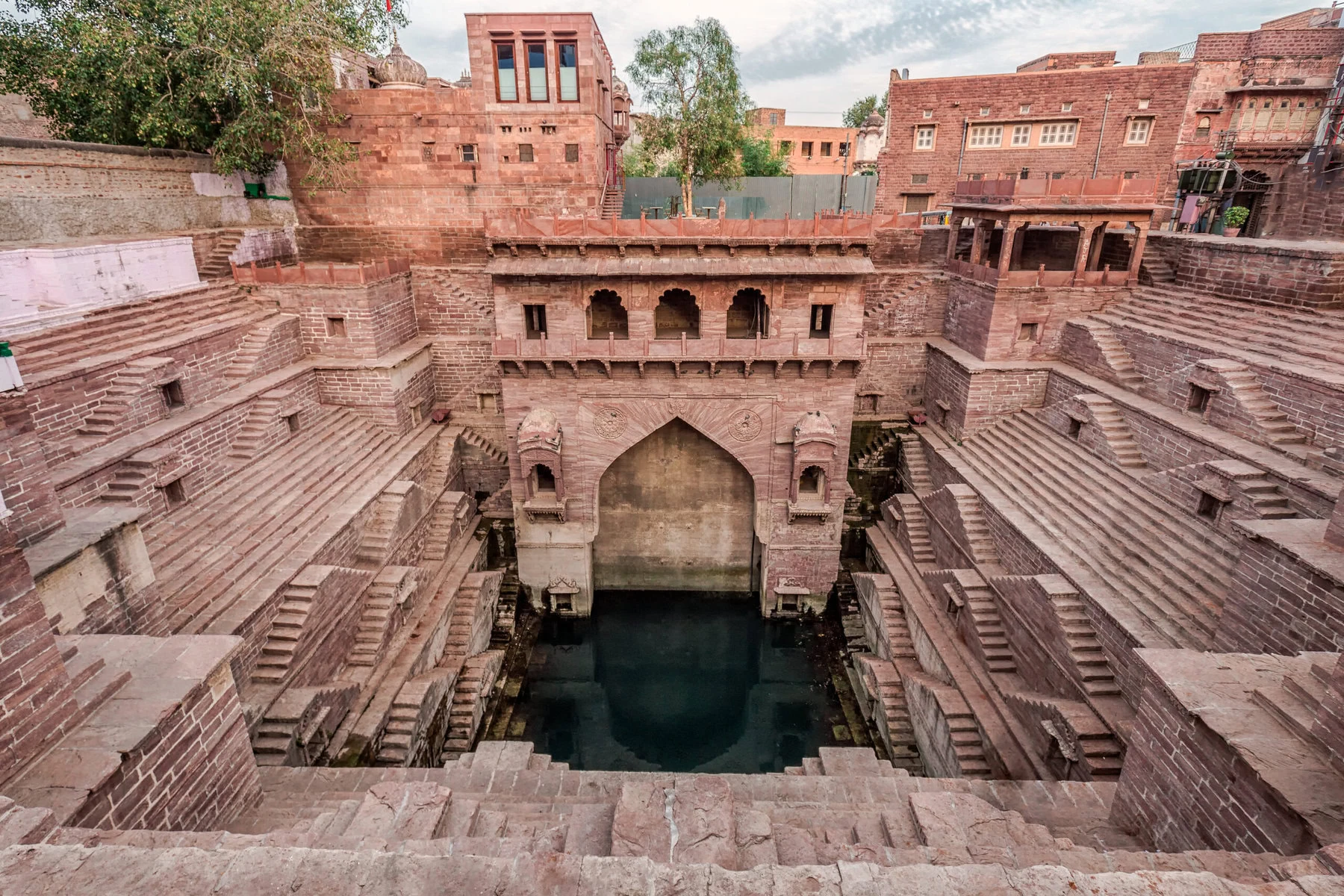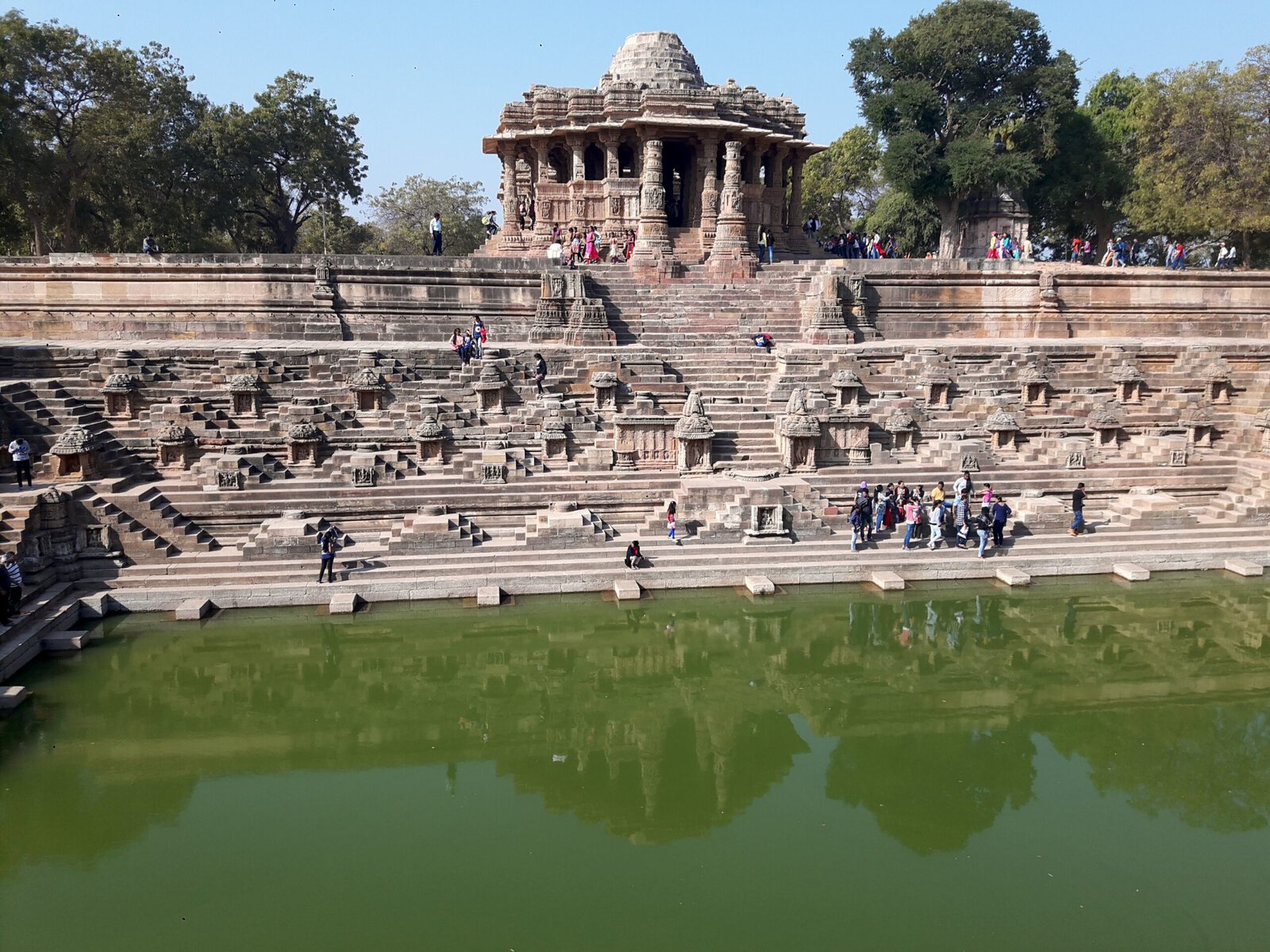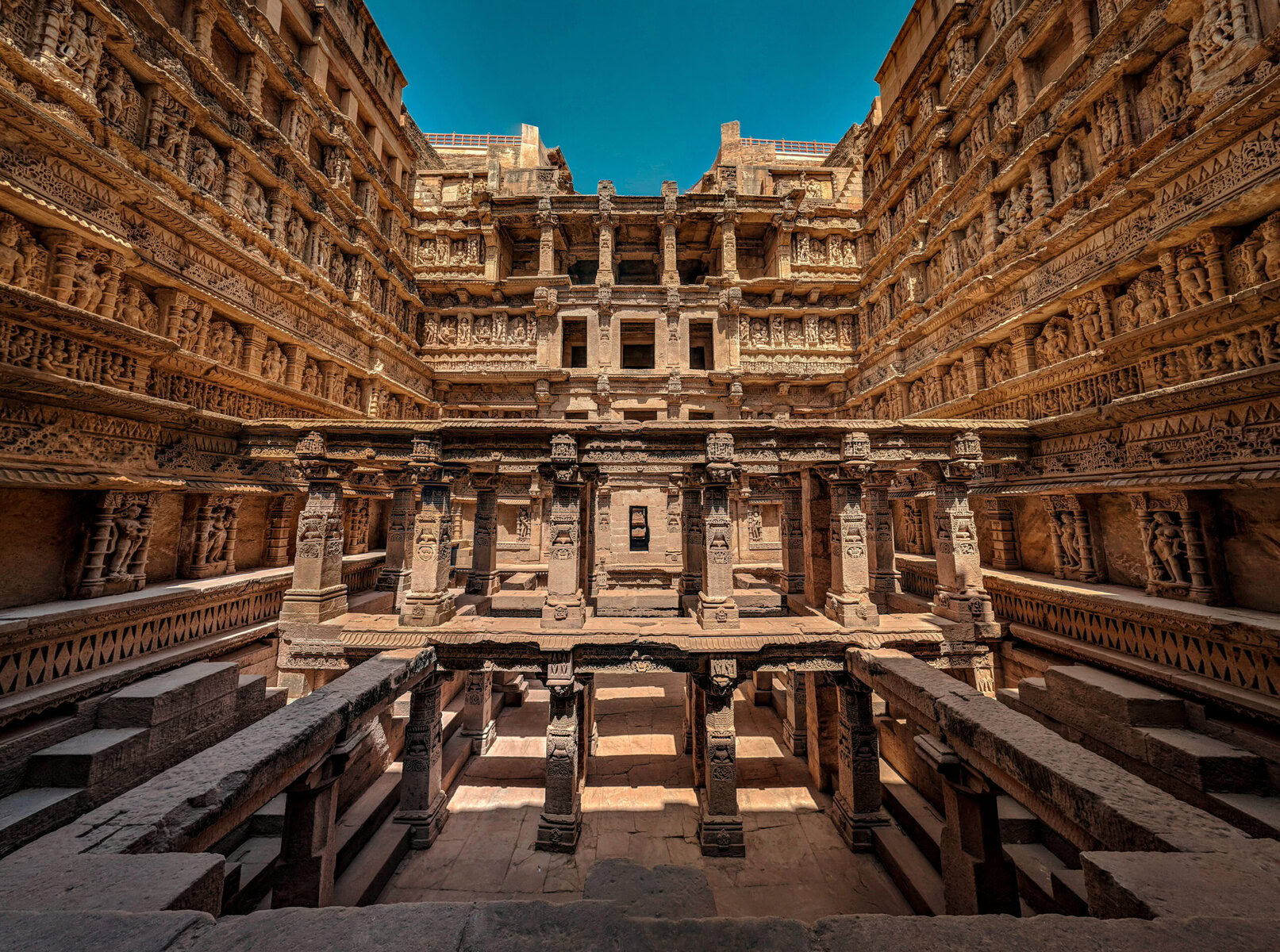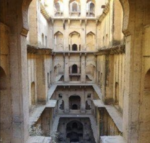

Living Paradigms is a series about what we can learn from the customs and cultural practices of others when it comes to solving problems. It is sponsored by Wonderstruck.
The lawns of Purana Qila in the historic quarters of New Delhi have been gleaming a brighter shade of green these past few years. The site — whose name means “old fort,” a nod to its 16th-century vintage — has benefited from regular watering from a new source of irrigation: the stepwell within its premises.
Due west of India’s capital, in the desert state of Rajasthan, the Toorji ka jhalra stepwell in Jodhpur and the Moosi Rani Sagar stepwell in Alwar have been cleaned up and given a fresh lease of life, attracting tourists and locals alike. And in Hyderabad in the southern state of Telangana, the Bansilalpet stepwell, dating back to the 17th century, has recently been thrown open to the public in its new incarnation as a performance venue.

Stepwells are water reservoirs found in various parts of India that were created by digging deep down into the earth and making use of natural aquifers to trap rainwater and groundwater. Most of them have several levels going deep into the soil (typically at least 25 meters or 82 feet) and are reached through a series of stone steps. For several centuries, stepwells provided people with a perennial water source, particularly in areas prone to arid climates and drought, such as Delhi and Rajasthan — until they fell out of use under British rule in the 19th century.
Renowned conservation architect and former principal director of the Architectural Heritage Division at the Indian National Trust for Art and Cultural Heritage (INTACH), Divay Gupta, says that ancient stepwells were built with the reverence reserved for temples and palaces — indicating their role in providing precious water to the people — and had magnificent architecture, with flourishes like delicate arches and intricately carved statues in wall niches along the steps.
“They were secular in their function, fulfilling the civic and socioeconomic needs of the local communities which built them,” he explains. So, apart from being reliable water sources, stepwells played other social functions: The shaded pavilions along their steps offered places for weary travelers to rest, and they served as social hubs for women to meet and chat with friends in the midst of their busy days.

Art historian Jutta Jain-Neubauer, who conducted research on the stepwells of Gujarat for her PhD thesis, adds that stepwells in India have long been a unique and ingenious response to any communities’ need for water: “The descending passage allows access to the water in the lowest story, where often there is a small reservoir or pond, where people can sit around, wash themselves or their clothes and utensils, or provide water to their pack animals.” She further explains that a special construction technique meant that this water was not allowed to flow back into the well, keeping it unpolluted. “The spacious platforms, balconies, and occasionally also underground chambers, were comfortable and cool resting places for villagers as well as for travelers with their caravans,” she says.
The presence of stepwells across different regions in India, with local names like baoli, vav, kund, pushkarani or kalyani (depending on the local language) and with varying sizes, architectural designs and embellishments (depending on the landscape) is a clear indication of their once-significant role in water conservation. According to Gupta, there are remnants of such steps going down rock-cut cisterns even in Dholavira, an Indus Valley civilization more than 5,000 years old.
Weighed down by negative news?
Our smart, bright, weekly newsletter is the uplift you’ve been looking for.The construction and use of stepwells went on for centuries under different dynasties. “The first structural baolis were of Hindu origin, and are traced back to roughly 600 CE in Gujarat,” Gupta explains. “They reached a zenith in the 11th to 13th century, and then continued under Islamic patronage during the 15th to 18th century. The tradition persisted till the 20th century, establishing an unbroken tradition of more than 1,500 years and highlighting the significance of this unique architectural typology.”

That all changed when India’s British rulers decided that as water sources open to the skies, stepwells were unhygienic and breeding grounds for disease, and ordered them closed. From the late 1800s, stepwells gradually began to be abandoned, and lay forgotten and in disrepair, often used as garbage dumps by the very folks who once relied upon them for perennial water supply. And over time, electrified borewells dug to serve the burgeoning population have ended up sucking groundwater dry, with India now in the midst of a severe water crisis.
But in the last few years, several initiatives — by state governments, individual conservation specialists and non-governmental agencies such as the Aga Khan Trust for Culture, the Flow Partnership and the World Monuments Fund — have sought to revive and repair stepwells across the country. (Many of them had to first be discovered, hidden as they were beneath mounds of debris and garbage.) In New Delhi, over 16 stepwells have been restored, contributing more than 33,000 gallons of water per day to the city’s supply. In the desert town of Jodhpur, the number is as high as 6.2 million gallons per day, adding to irrigation and domestic use. In neighboring Jaipur, more than 25,000 people are now getting a regular supply of fresh water from seven cleaned and restored stepwells.

In his book on Delhi’s stepwells, heritage activist Vikramjit Singh Rooprai has written about India’s depleting water tables and the potential use of stepwells in reversing the scarcity cycle. Experts stress the need to revive stepwells as aquifers instead of building newer (and untested) methods of water storage and management. The World Monuments Fund, which has been successfully working on this in the Deccan plateau of south India, has called it a long-term sustainable water management method.
Gupta also asserts that stepwells continue to be relevant today, and can be used to divert and store excess rainwater, as well as to improve the groundwater table. Where restored stepwells are not able to serve as sources of fresh water for irrigation or everyday domestic use, they have been repurposed into tourist attractions and public spaces, providing employment and income to locals in the form of tourism-related jobs, cafes and souvenir shops — the Toorji ka jhalra is an ideal example. And then there is the UNESCO-listed Rani ki vav in Patan (Gujarat), a magnificent, multi-storied subterranean well built in the 11th century by a queen in memory of her husband. The stepwell continued to supply fresh water to the surrounding areas for several centuries until it eventually fell out of use and remained submerged until it was excavated and restored in the 1980s. Today it is a major historical site in its own right.

“As in earlier times, a cleaned-up stepwell could be used, and often is used, as a recreational spot for both men and women,” Jain-Neubauer adds. “Some stepwells are used by children and young adults as a ‘swimming pool,’ that is, for the pleasure of jumping into the water in the hot summer season, such as the Ghandak baoli in Mehrauli (a suburb of New Delhi).”
The restoration of stepwells is not without its challenges, particularly the laborious and time-consuming process of cleaning and desilting. But as Gupta notes, even with these challenges, there are advantages to returning to what has already stood the test of time: Why invent something new when we have a good old thing going?
“Stepwells stand as testimony to the traditional knowledge of water systems, engineering, construction methods and craftsmanship of ancient times,” Gupta says.






